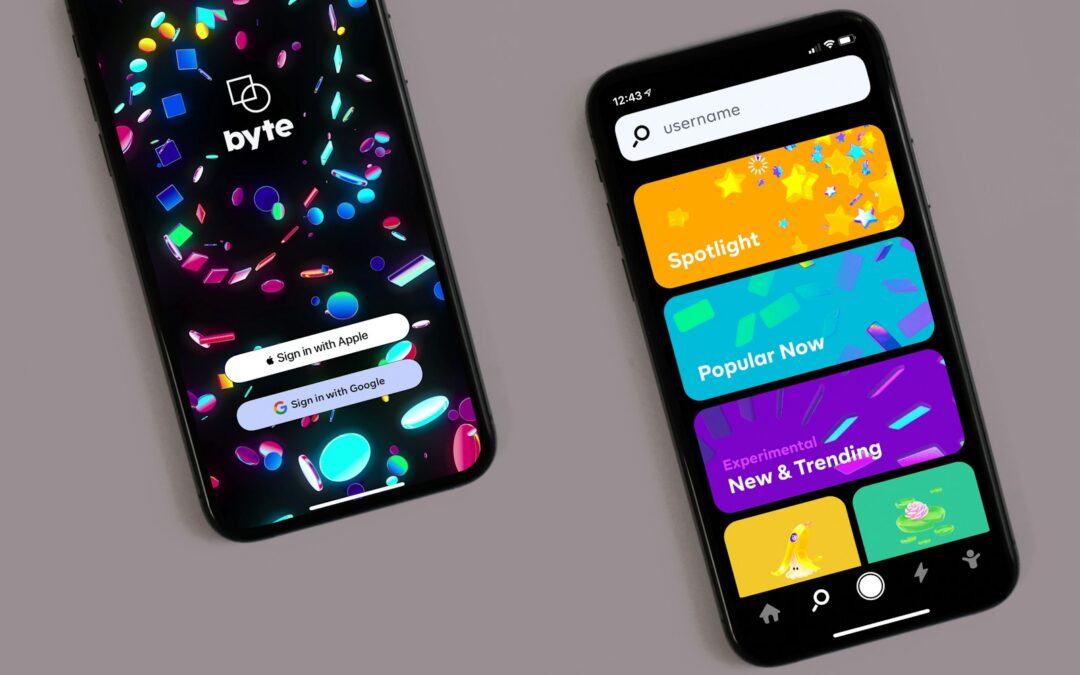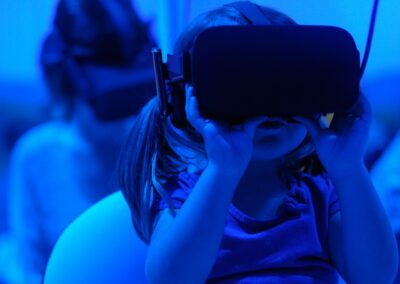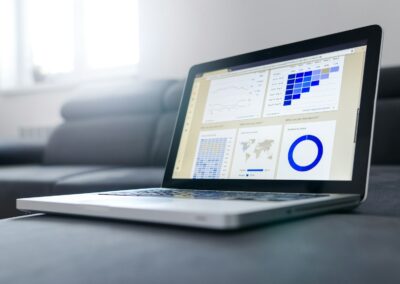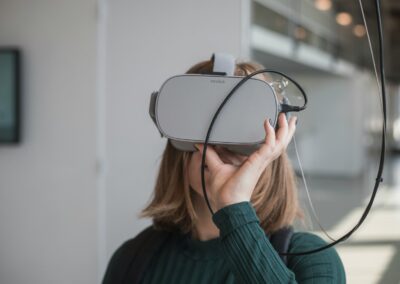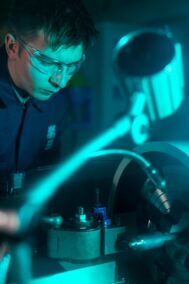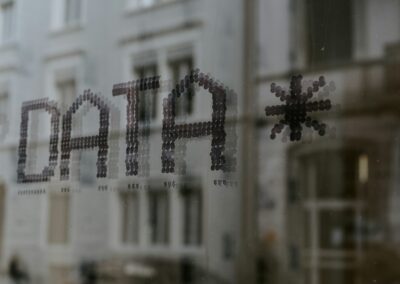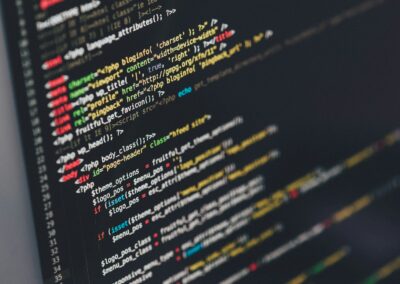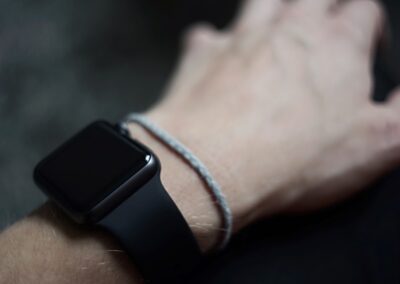Revolutionizing Virtual Experiences through Data Integration
The Role of Real-World Data in the Metaverse
The integration of real-world data in the metaverse is a game-changing development that enhances the realism and functionality of virtual environments by creating more accurate digital twins. Digital twins are virtual replicas of physical entities, and their accuracy depends on the quality and real-time integration of data from the physical world. In regions like Saudi Arabia and the UAE, where there is a strong push for digital innovation, leveraging real-world data to create precise digital twins can lead to significant advancements in various sectors.
Real-world data integration involves using sensors and other data collection devices to capture real-time information about physical objects and environments. This data is then used to update and refine digital twins continuously, ensuring they reflect the current state of their real-world counterparts accurately. For instance, in Riyadh and Dubai, this technology can be applied to smart city projects, where digital twins of infrastructure can help manage resources more efficiently and respond to changes dynamically.
Moreover, the integration of real-world data in the metaverse can significantly benefit industries such as manufacturing, healthcare, and logistics. In manufacturing, digital twins can monitor equipment in real-time, predict failures, and optimize maintenance schedules, reducing downtime and costs. In healthcare, digital twins of patients can provide personalized treatment plans based on real-time health data, improving outcomes. In logistics, real-time tracking of goods can enhance supply chain efficiency and reduce delays.
Advancements in Sensor Technology and Data Integration
The successful integration of real-world data into the metaverse relies heavily on advancements in sensor technology and data integration methods. Sensors are the primary tools for capturing real-time data from the physical world, and their accuracy and reliability are crucial for creating precise digital twins. Innovations in sensor technology have led to the development of more sophisticated and efficient sensors that can capture a wide range of data, including temperature, humidity, motion, and more.
In regions like Saudi Arabia and the UAE, where there is a strong emphasis on technological advancement, investments in sensor technology can drive the creation of more accurate digital twins. For example, smart city initiatives in these regions can leverage advanced sensors to monitor traffic, air quality, and energy usage in real-time, providing valuable data to optimize city management and improve residents’ quality of life.
Data integration methods are equally important, as they enable the seamless merging of real-world data with virtual environments. Advanced data integration platforms use AI and machine learning algorithms to process and analyze vast amounts of data quickly, ensuring that digital twins are continuously updated and accurate. These platforms can handle data from various sources, including IoT devices, satellite imagery, and social media, providing a comprehensive view of the physical world.
Applications and Benefits of Real-World Data Integration in the Metaverse
The integration of real-world data in the metaverse has numerous applications and benefits across different sectors. In smart cities, digital twins can help manage infrastructure more effectively, predict and mitigate potential issues, and optimize resource allocation. This can lead to improved urban planning, reduced operational costs, and enhanced quality of life for residents. In regions like Riyadh and Dubai, where smart city projects are a priority, real-world data integration can play a crucial role in achieving these goals.
In the industrial sector, digital twins can enhance operational efficiency and reduce costs by providing real-time insights into equipment performance and maintenance needs. For instance, by monitoring machinery in real-time, companies can predict and prevent equipment failures, reducing downtime and maintenance costs. This can lead to significant savings and increased productivity, driving business success in competitive markets like Saudi Arabia and the UAE.
In healthcare, digital twins of patients can revolutionize personalized medicine by providing real-time health data to inform treatment plans. This can lead to more accurate diagnoses, more effective treatments, and better patient outcomes. In regions with advanced healthcare infrastructure, such as the UAE, integrating real-world data into digital twins can enhance the quality of care and improve health outcomes for patients.
Challenges and Future Prospects of Real-World Data Integration
Despite its benefits, integrating real-world data into the metaverse presents several challenges. One of the primary challenges is ensuring data accuracy and reliability. Inaccurate or outdated data can lead to incorrect representations of digital twins, reducing their effectiveness. Ensuring data quality requires robust data collection methods, reliable sensors, and effective data validation processes.
Data privacy and security are also significant concerns. Integrating real-world data involves collecting and processing vast amounts of sensitive information, which can pose privacy risks if not handled properly. Ensuring that data is collected, stored, and processed securely is crucial to protect individuals’ privacy and maintain trust. In regions like Saudi Arabia and the UAE, where data privacy regulations are stringent, businesses must adhere to strict guidelines to ensure compliance.
The future prospects of real-world data integration in the metaverse are promising, with ongoing advancements in technology expected to address these challenges and unlock new possibilities. Innovations in AI, machine learning, and blockchain can enhance data integration methods, improve data accuracy, and ensure data security. For example, AI algorithms can detect and correct data anomalies in real-time, while blockchain can provide a secure and transparent framework for data management.
Conclusion
In conclusion, the integration of real-world data and sensors into the metaverse is a transformative development that enhances the realism and functionality of virtual environments by creating more accurate digital twins. Despite the challenges, ongoing advancements in technology are making it increasingly feasible to implement this integration effectively. For businesses and industries in Saudi Arabia and the UAE, leveraging real-world data integration can drive innovation, improve operational efficiency, and enhance the quality of life. By embracing this technology, organizations can stay competitive and achieve sustainable growth in dynamic markets like Riyadh and Dubai.
—
#RealWorldData #Metaverse #DigitalTwins #ArtificialIntelligence #Blockchain #ModernTechnology #BusinessSuccess #Leadership #ManagementSkills #SaudiArabia #UAE #Riyadh #Dubai

